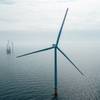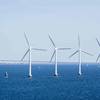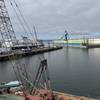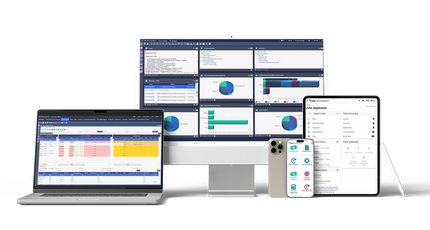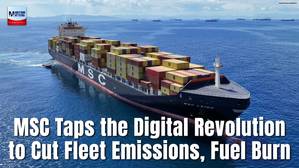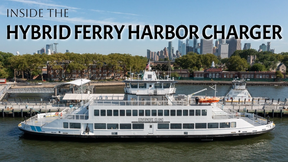News: Sarawak: Taking a Global Position
To many westerners the names Borneo and Sarawak conjure up images of jungle rivers and dugout canoes. While the jungle rivers remain, the dug out canoes have largely been replaced by modern steel ferries and tugs. The Malaysian province of Sarawak has gained considerable affluence over the past half century from its strong forest industry, but as is the case throughout much of the world, this is now in decline. But the forest industry created a maritime legacy in the many small shipyards that developed to build work boats for moving the logs and lumber to market. The skills and resources built up during the boom times in the forest industry have funded a number of newer shipyards and provided updated equipment to established yards. The boat building industry has centered in two towns Miri, on the coast, and Sibu on the Rejang River in central Sarawak. In recent years, many yards have diversified to build tugs and supply vessels for local and world markets. At Miri, the Shin Yang Shipyard is completing a pair of tugs for August delivery to a customer in the middle east. Other yards, like the very progressive Sarawak Slipways, were building offshore supply vessels for a variety of markets. Executive Director of the Sarawak Slipways, Edward P. K. Chew explained that the yard was started by his father in 1967 and is now operated by three brothers. Edward has studied to become a naval architect in the United Kingdom. In addition to an in house quality control department, one of his quality assurance approaches is the provision of excellent housing and canteen facilities for his workers. "It is important to be aware of the worker's needs," he explains, "If we are to meet the oil companies' quality demands."
In the company's recent expansion program, a new yard at the Kuala Baram Industrial Zone of Miri was opened in 2002. It covers a total area of 61,000 sq. m. with a 6,000 sq. m. covered construction area. A docking slipways of 120 m in length to cater for vessels up to 2,500 dwt is scheduled to be operational in 2003. Currently, there are three steel vessels being constructed at the yard, a 48-m offshore utility vessel, a 49.8-m oil recovery vessel and a 50-m multi-mission vessel. Two aluminum fast patrol boats are also being fabricated. Miri has several other yards of a similar size that tend to built larger vessels than those at Sibu. However Sibu does have a dozen shipyards doing new construction of fast ferries, tugs and oil industry vessels. The largest of these, Tuong Aik, is currently developing an expanded site. This July, in addition to three Cummins KTA19-powered tugs for an Indonesian customer, they were preparing to deliver the Karin, a handsome 36-metre off shore supply vessel. With a molded beam of nine meters and a molded depth of four meter, the boat has 200 cu. m. of tankage for fuel oil and 100 cu. m. for fresh water. Accommodation is provided for up 16 crew.
The main engines are a pair of Cummins KTA38M1 rated for 1,000 hp each at 1,800 rpm. The engines turn 2-m Lips controllable pitch propellers to give the vessel a design speed of about 12 knots and a bollard pull of about 25 tons. In the wheelhouse, Kobelt controls are built into the control panels both fore and aft. The combination of CPP, twin engines and a bow thruster will give the operator excellent maneuverability when working around an off shore rig. Simon Lau, Assistant Manager at Tuong Aik, explains that this is the first CPP boat built in Sibu and follows on the first Z-drive tug that his firm built last year. The shipyards of Sibu, like those of Miri, are expanding and at the same time working to improve their technological expertise. It is said that their technological and administrative efficiencies have made them fully competitive with other areas that may have lower labor costs.




